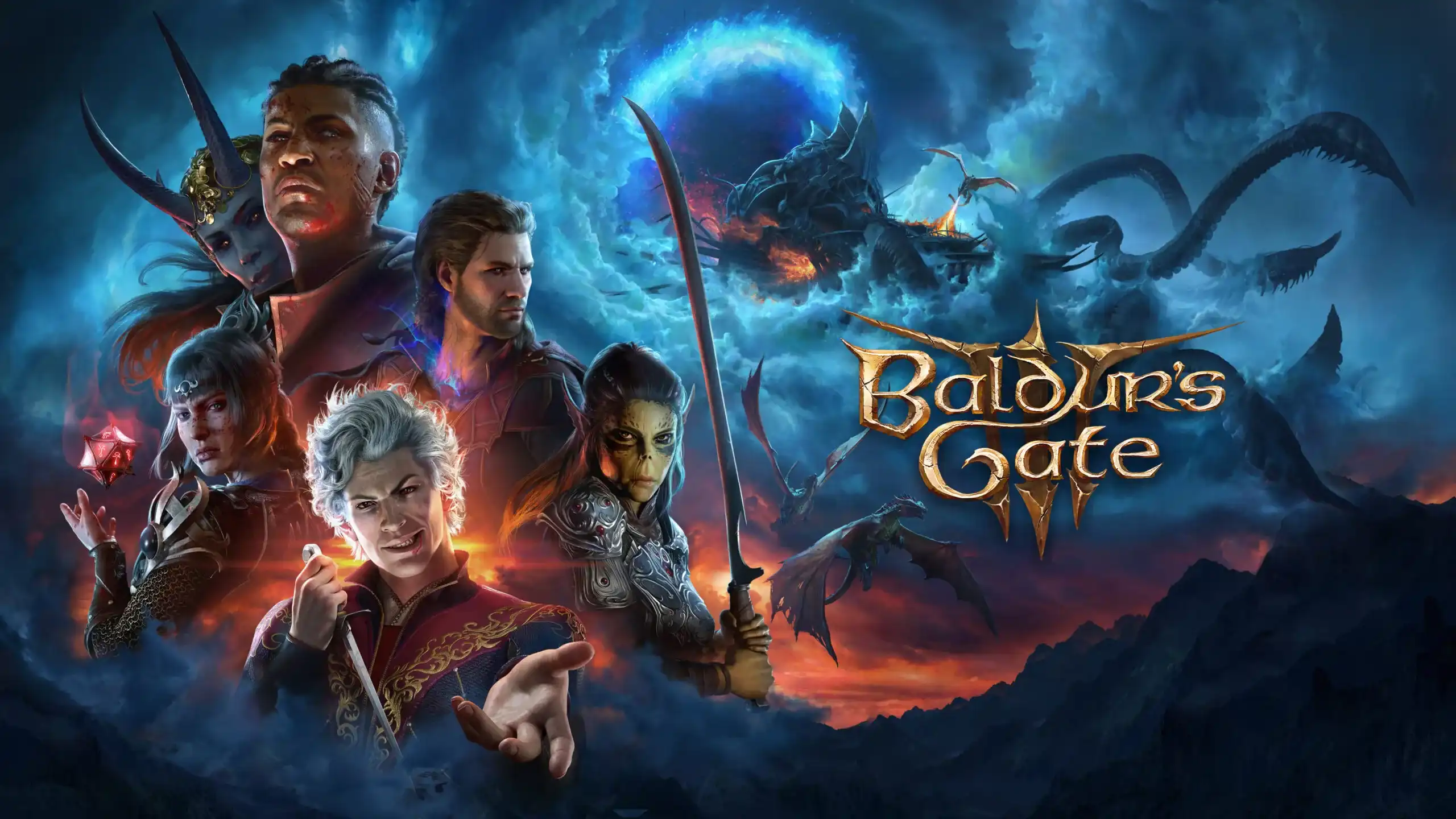For any avid player familiar with Baldur's Gate 3, the game needs no introduction. Its complex and compelling gameplay dynamics make it a favorite choice among tactical role-playing game enthusiasts. Act 2 in particular, introduces some unique and intriguing mechanics related to weapons and dice roll outcomes, driving players to strategize and be prepared for unexpected turns of events.
A noteworthy element of gameplay in Act 2 is what happens when a weapon breaks. In standard gameplay, a broken weapon would merely require replacement or repair. However Bauldur's Gate 3 magnifies the implications, turning a seemingly simple event into a game-changing moment.
The broken weapon doesn't just remove a player's capability to attack directly, but can drastically change the direction of the game. It becomes a serious issue, forcing gamers to radically reassess their strategies, providing a new layer of immersive gameplay. It invites the player to rethink their gameplay style and indulge in adaptative strategies.

The game isn’t designed to penalize the player unnecessarily; instead it encourages strategic thinking and adaptability. Players get to think on their feet, constantly adapting strategies based on the progress of their game sessions. The thrill of navigating through such twists and turns makes the gaming experience majorly engaging.
Another interesting mechanic introduced in this act is the transformation of Natural 1s or 'nat 1s'. In tabletop games like Dungeons & Dragons, upon which Baldur's Gate 3 is based, a natural 1 refers to the outcome of a 20-sided die roll. Natural 1s are usually seen as a type of failure in regular games.
However, in Baldur's Gate 3, the impact of natural 1s is reimagined. Instead of translating into failure, the game turns nat 1s into stimuli for different scenarios, that are usually random and unpredictable.
This redefined perspective on nat 1s not only makes the gameplay more dynamic but also adds a stronger element of surprise. It’s a brilliant stroke of game design that enhances the narrative progression and the potential story outcomes that can occur.
It's an excellent example of how a game can twist well-known rules to create innovative mechanics that enhance the overall player experience. It motivates players to see failure differently and adapt faster to the unexpected events of the game.
The incorporation of unique twists on standard gameplay mechanics encourages players to think strategically, while also keeping them on their toes. It enables players to enjoy the games unpredictability, all while intensifying the immersive gaming experience.
Moments such as these significantly contribute to why Baldur's Gate 3 has been praised for its innovative game design. A small change such as these can catapult a seemingly predictable game into a world filled with unexpected turns and surprises.
Redefining failure through this creative spin on negative impacts brings players a unique perspective and bolsters the gameplay experience. It transforms a routine action into a significant event pushing players to adapt and overcome the challenges thrown at them.
It emphasizes the notion that there's more to gaming than just winning or losing. It's the journey - the thrills, the surprises, the adaptations and the strategies - that makes gaming a rewarding experience. The dynamic play of Baldur's Gate 3 splendidly encapsulates this very notion.
The alteration of weapon break implications and the transformation of nat 1s are a testament to Baldur's Gate 3's dedication to creating an engaging and ever-evolving gameplay experience. Ensuring that players get a completely immersive experience with interactive narrative and adaptive strategies.
All of these gameplay elements ensure that players remain committed and engaged throughout the game. They enhance the overall enjoyment that gamers derive from playing Baldur’s Gate 3, making it an unforgettable gaming experience.
By including mechanics that introduce an element of surprise and require quick thinking, Baldur’s Gate 3 ensures that players are continuously challenged and engaged in the game process, enhancing their experience and enjoyment.
These unexpected elements in gameplay make players more invested in the game because they need to think carefully about strategy and adapt quickly to situations. It’s a reminder of how much creativity and thoughtfulness goes into designing video games, particularly those as complex and immersive as Baldur’s Gate 3.
In conclusion, the unique handling of weapon breaks and nat 1s in Act 2 of Baldur's Gate 3 truly exemplifies the innovative and thoughtful game design that stands behind this acclaimed RPG. From this perspective, it's easy to see why so many gamers around the world are drawn to this exciting and impactful game.